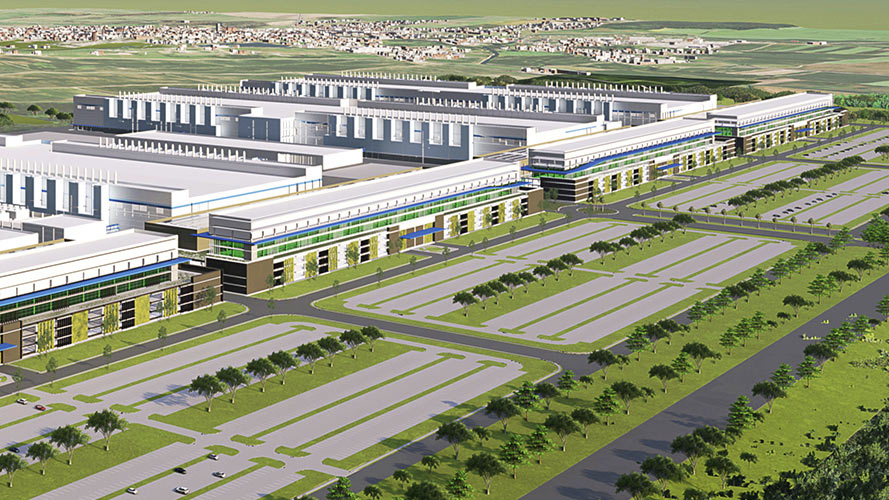Micron to get $6 billion from U.S. gov't to build memory fabs: Report

Micron is set to receive $6.1 billion in grants from the U.S. Commerce Department under the CHIPS and Science Act, according to Bloomberg. The money will be used to build a massive DRAM fab that will make memory chips on a EUV-based process technology and is set to come online by the end of the decade. There are also plans for a brand-new fab complex in the state of New York over the next 20 years.
Micron has rather massive expansion plans both worldwide and the United States. In the U.S., Micron broke ground on its $15 billion EUV DRAM fab near its headquarters in Boise, Idaho, back in late 2022. The semiconductor production facilities will be one of the largest DRAM plants in the world. In 2022, the company also announced plans to build a $100 billion fab complex consisting of four modules in New York state over the next 20 years. The fab complex is expected to produce DRAM, 3D NAND, and novel types of memory that may not even exist just yet.
"New federal funding from President Biden’s CHIPS and Science Act will help lock in 50,000 jobs, a $100 billion investment and millions of dollars in community benefits," said Kathy Hochul, New York Governor, in a statement published by Bloomberg.
Micron's receipt of the grants is contingent upon securing additional financial incentives, including investment tax credits and local subsidies, which are necessary to offset the higher costs of domestic production compared to overseas operations. The funding arrangement also includes unspecified loans, adding a layer of financial complexity to the package.
President Joe Biden is expected to formally announce these plans during an upcoming visit to Syracuse, New York, underscoring the national importance of the semiconductor industry, the report says.
Micron's global strategy extends beyond the U.S. as the company is maintaining and expanding facilities in Japan, Singapore, and Taiwan, where the company produces memory, as well as in China and India, where the company tests and packages its chips. Meanwhile, the U.S. government's focus remains on strengthening the domestic supply chain and reducing dependency on foreign semiconductor production.
Get Tom's Hardware's best news and in-depth reviews, straight to your inbox.

Anton Shilov is a contributing writer at Tom’s Hardware. Over the past couple of decades, he has covered everything from CPUs and GPUs to supercomputers and from modern process technologies and latest fab tools to high-tech industry trends.